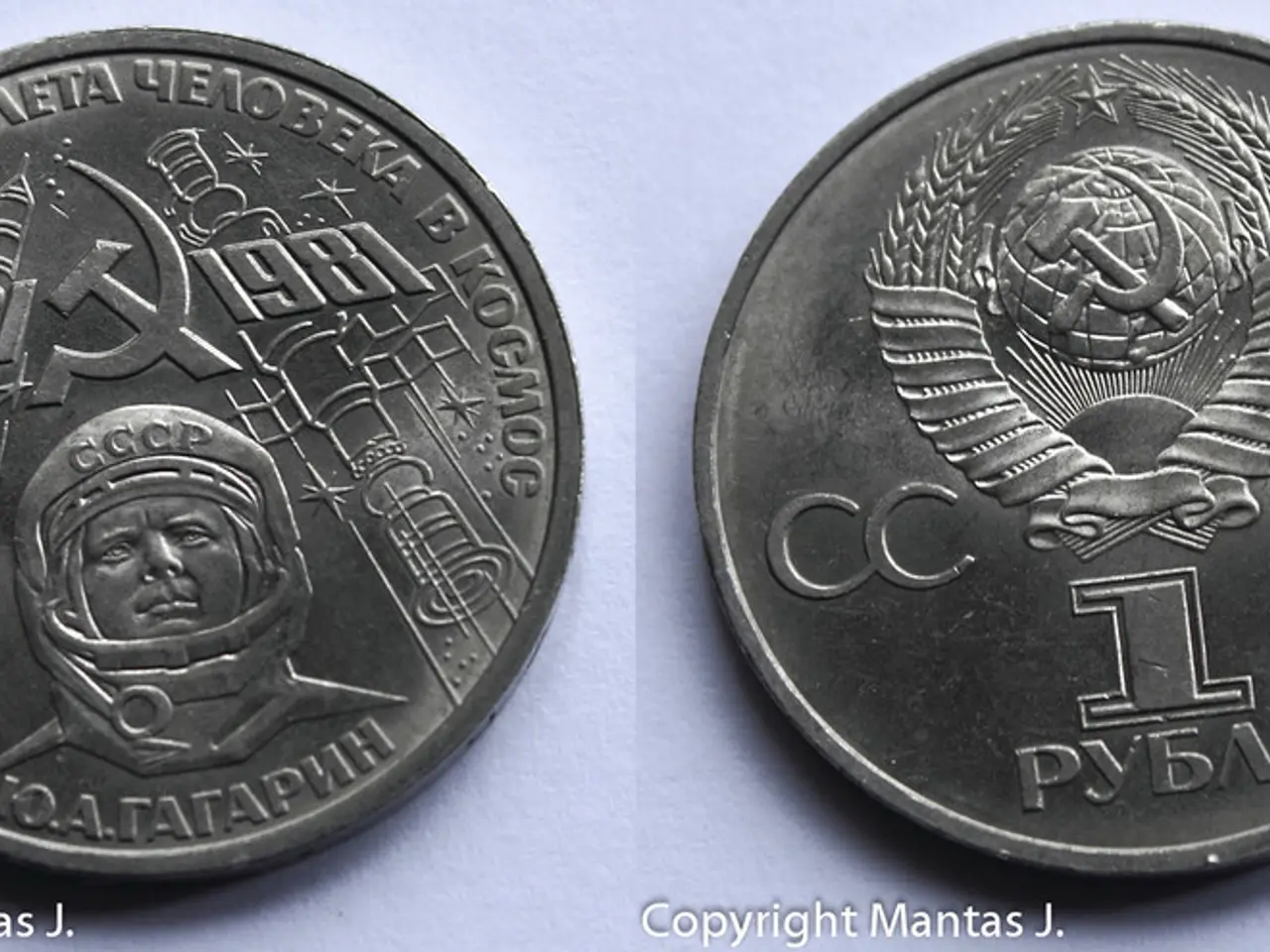Differences between Money Market Accounts and Savings Accounts
==========================================================================
In times of economic uncertainty and inflation, having a dedicated savings account or a money market account can be crucial for building financial security and achieving your money goals. These interest-bearing deposit accounts offer higher rates than traditional savings accounts, but they differ in several key aspects.
Interest Rates
High-yield savings accounts (HYSAs) generally offer higher interest rates compared to money market accounts (MMAs), especially at traditional banks. However, some online money market accounts can be competitive. Both have variable rates that fluctuate with market conditions, but currently, HYSAs often slightly edge out MMAs in yield. For example, rates near 4.44% to 5.00% APY are not uncommon for HYSAs, while MMAs tend to offer similar or somewhat lower rates, sometimes tiered (higher balance yields higher rates).
Money market accounts sometimes have tiered interest rates, which means higher deposits can earn higher rates, a feature less common in HYSAs.
Transactional Features
Money market accounts typically provide more transactional flexibility, including limited check-writing and debit card access, which high-yield savings accounts generally do not offer. This makes MMAs more suitable for those who want to earn interest but still access funds relatively easily for payments or transfers.
High-yield savings accounts mostly operate like traditional savings accounts where withdrawals and transfers are limited and typically done online or via bank transfers without check-writing privileges.
Minimum Balance Requirements and Fees
Money market accounts often require minimum balances to avoid maintenance fees and to qualify for the highest interest rates due to tiered rates. Failure to maintain minimum balances can lead to fees.
High-yield savings accounts frequently come with no minimum balance requirements and lower or no monthly maintenance fees, especially when offered by online banks, enhancing accessibility for smaller savers.
Both account types can have monthly fees, but these are more common in money market accounts than in online high-yield savings accounts.
Accessibility and Liquidity
Both accounts are FDIC insured up to $250,000, making them safe places to save money.
Both accounts offer liquidity, allowing for relatively quick access to funds, but money market accounts provide easier transactional access via checks and debit cards. Withdrawal limits (historically six per month due to Regulation D) have been relaxed federally, but banks may still have their own limits or fees.
Which is Better for Different Financial Goals?
| Financial Goal | Better Account Type | Reason | |--------------------------------------|-------------------------------|----------------------------------------------------------------------------| | Maximizing interest income on savings| High-yield savings account | Typically higher APYs, no minimum balances, lower fees | | Savings with transactional flexibility| Money market account | Check-writing, debit card access, suitable for occasional payments | | Smaller balances / starting savers | High-yield savings account | Often no minimum balance, no fees | | Larger balances seeking tiered rates | Money market account | Potential for higher rates with larger deposit tiers | | Emergency fund or safe liquid savings | Either, depending on need | Both FDIC insured and accessible; choice depends on access preferences |
In summary, if your primary objective is to earn the highest possible interest with fewer transactions and minimal requirements, a high-yield savings account is generally better. However, if you want your savings to function somewhat like a checking account with the ability to write checks or use a debit card, and you have a larger balance, a money market account could be more suitable.
Money market accounts offer the flexibility to write occasional checks or use a debit card while still earning interest on your balance. Many online banks offer fee-free accounts, making them attractive alternatives to traditional banks.
[1] Bankrate (2025). High-yield savings accounts vs money market accounts
[2] NerdWallet (2025). High-yield savings accounts vs money market accounts
[3] Investopedia (2025). High-yield savings accounts vs money market accounts
[4] Federal Reserve (2025). Regulation D
[5] FDIC (2025). High-yield savings accounts vs money market accounts
- For individuals prioritizing the highest possible interest earnings while maintaining minimum requirements, a high-yield savings account would be more recommended due to typically higher APYs, no minimum balances, and lower fees compared to money market accounts in most cases.
- For savers who need some transactional flexibility, such as check-writing privileges or occasional debit card usage, a money market account would be more appropriate, providing a balance between earning interest and accessing funds.
- In terms of banking-and-insurance industry best practices and insights, both Bankrate, NerdWallet, Investopedia, the Federal Reserve, and the FDIC all suggest considering personal-finance goals and preferences when deciding between high-yield savings accounts and money market accounts, emphasizing the importance of understanding the key aspects that differentiate these accounts.




